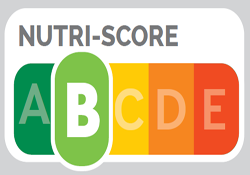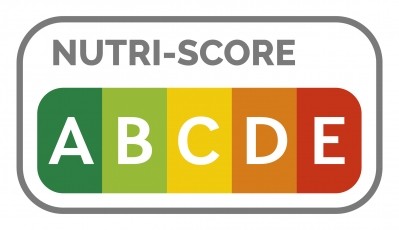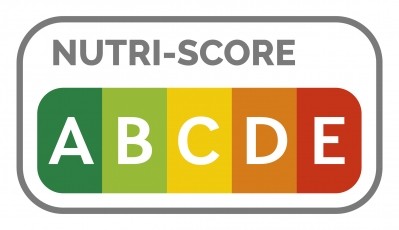Italy digs in on Nutri-Score: ‘Consumers currently have enough information about the nutritional value of food’
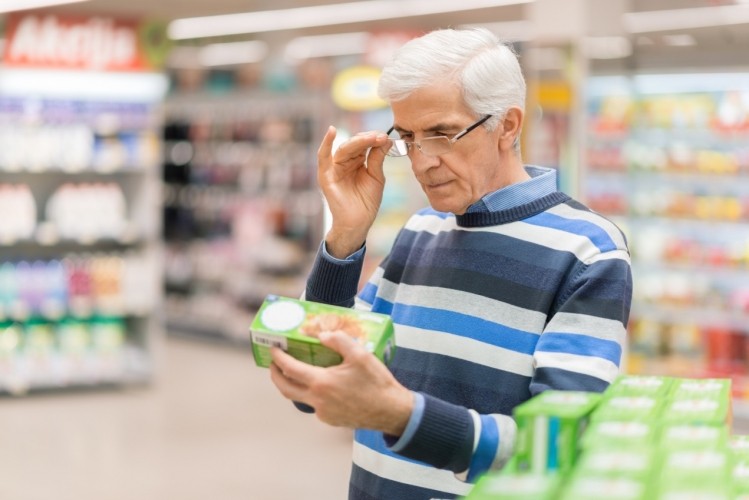
With the EC currently mulling which mandatory nutrition label to choose as part of its Farm-to-Fork sustainable food strategy later this year, NutriScore, which classifies food and beverages according to their nutritional profile by using a colour-coded system with a scale ranging from A (healthier choices) to E (less healthy choices), is the current favourite.
Governments in France, Germany, the Netherlands, Switzerland, Spain and Belgium have opted for NutriScore as their national voluntary labelling scheme. Many major retailers and food producers in Europe such as Nestlé, Kellogg and Danone have also voluntarily chosen to adopt NutriScore.
However, Italy is strongly opposed to the system – which calculates a single overall score for a food or drink using an algorithm that takes into account both the nutrients to limit (calories, saturated fat, sugars and salt) and those elements to favour (fibre, proteins, nuts, fruit and vegetables). The food is assigned a colour and letter based on the resulting score, calculated per 100g or 100ml.
Outlining its long-standing objections to Nutri-Score, the non-paper conceded that front-of-pack nutritional labelling (FOPNL) has been identified as a tool to ‘help consumers make more informed and correct food and drink choices’ in a bid to combat diet related diseases.
However, the non-paper – submitted to the AGRIFISH EU Council yesterday (21 September) by the Italian and Czech delegations on behalf of Cyprus, Greece, Hungary, Latvia and Romania – stressed that a voluntary approach is preferable.
“If a new European harmonized Front-of-Pack nutritional labelling scheme were to be introduced, it should be in the interest of the single internal market and the level playing [sic]. It should also be voluntary in order to avoid unnecessary burden on the food industry and food business operators, especially on small businesses.”
Italy rejects need for Nutri-Score: ‘Consumers have enough information’
Italy has long argued that the NutriScore system unfairly discriminates against its famous food delicacies such as olive oil, Parma ham and Parmigiano cheese. Italy fears these items, under NutriScore, would receive a red-to-orange warning sign on labels owing to their high fat and salt content.
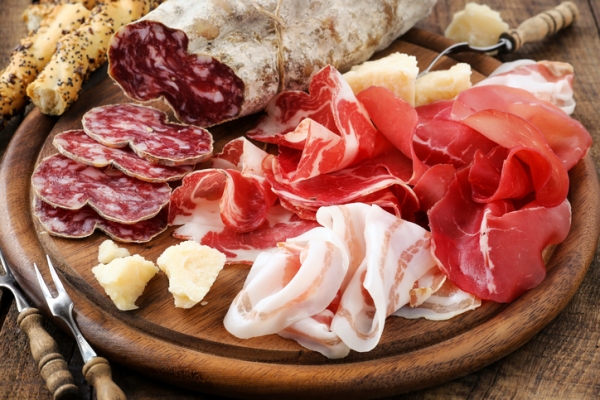
The non-paper offers up a simple get-out clause: “Food is part of our cultural heritage. If a new harmonized FOPNL scheme is introduced, it should exempt the Protected Designation of Origin (PDO) products, Protected Geographical Indication (PGI) products, Traditional Specialities Guaranteed (TSG) products and single ingredient products (e.g. olive oil) from the requirement of using it."
While on the one hand, Italy argued that its traditional delicacies should be exempt, on the other the document went on to question some of the fundamental principles underpinning the Nutri-Score calculations.
Querying whether the scheme will help guide consumers towards healthier choices, the non-paper read: “Colour codes have not shown to be effective in helping consumers evaluate the real nutritional quality/value of food. Therefore, an EU-harmonized FOPNL should consider foods as part of the wider context of the daily requirements of a healthy diet."
Moreover, a single overall score based on total nutritional content was deemed inadequate. "The system should not provide an overall evaluation of a food, but factual information on the individual nutrients contained in a product, in order to make sure that each consumer can choose according to his/her particular conditions and state of health,” the non-paper argued.
As part of its drive to block the EU-wide adoption of Nutri-score, Italy’s government has offered the Commission an alternate proposal, called Nutrinform. Based on a “battery-powered” symbol, Italy’s preferred approach would show the consumer the nutritional contribution in relation to their daily needs.
But in its latest non-paper, the Italian delegation appeared to question whether any such labelling system is needed in the first place.
“Current EU Regulation 1169/2011/EU on food information to consumers obliges food business operators to display a nutrition declaration on processed pre-packaged foods, which provides information on the amount of seven key nutritional elements (fat, saturated fats, carbohydrates, sugar, protein, salt and energy) per 100g/100ml of product," the non-paper noted. "This means that consumers currently have enough information about the nutritional value of food and contribution to their overall daily diet."
Health campaigner rebuffs Italian argument
Health campaigners at the European Heart Network (EHN) disagreed with a number of the arguments set out by Italy and its backers.
ENH rebuffed the suggestion that FPO colour coded labels are an ineffectual health tool, citing research concluding FOP labels increase consumer intent to buy healthier foods. Suggesting that consumers ‘have enough information’ goes ‘directly against evidence’ that FOP labelling (versus compulsory back of pack labelling) actually helps inform consumers, the NGO argued.
“The Italian government might indeed be using the front of pack labelling (FOPL) debate to protect its specialities, whereas FOPL should really be seen as a contributor to public health. In Italy, where obesity rates (in particular obesity rates in children) tend to be very high, the population would greatly benefit from a FOPL system,” EHN CEO Birgit Beger told FoodNavigator.
However, EHN does agree that the algorithm used to calculate Nutri-Score should be revisited. “The algorithm behind Nutri Score should be improved, not because it is oversimplistic, but because an improved algorithm could take into account national food-based dietary guidelines; this could achieve changes in dietary habits to promote cardiovascular health, but also dietary health more broadly and across all EU Member States,” Beger explained.
EHN wants to see the establishment of a science-based and transparent process to tackle this issue. “EHN also recommends that a scientific committee of independent experts should be established to review and adapt the algorithm underpinning Nutri-Score and to assess whether and under what conditions the algorithm may be converted into a pan-European label. The workings of the committee must be transparent, and robust safeguards against conflicts of interest are essential. Committee members should be drawn from different regions within Europe, representing varying dietary patterns. The recommendations of the scientific committee must be published and open for consultation with all stakeholders. From an internal market perspective this would also create a simplified operating environment for food manufacturers,” Beger insisted.
This revision would address some of the criticisms of Nutri-Score, namely that by calculating one score for a product and not giving a nutrient-by-nutrient breakdown there is a risk of skewed results for categories like oily fish, for example.
“A revised algorithm could take for example whole grain into consideration (and not only fibre as is the case now) and also the quality of fat (origin of fat e.g. “oily fish”).
“The visual image of nutri-score is very good and easy to understand for consumers (as is proven by many studies), but improving the algorithm would be decisive for an even better effect on cardiovascular health in particular and on public health in general.”
